The elder, or Sambucus, is a hardy bush highly valued in gardens for its generous flowering, its fruits attractive to wildlife, and its elegant natural habit. The two most commonly cultivated species are Sambucus nigra (black elder) and Sambucus racemosa (red elder), and there are many varieties. This bush can reach several metres in height and thrives in many types of soil, provided they are well-drained.
Pruning the elder is essential to maintain its vigour, stimulate its flowering, and prevent the cluttering of branches that have become too old or diseased. Proper pruning also helps to encourage abundant fruiting, which is vital for attracting birds and pollinators to your garden.
Follow this step-by-step guide to learn how to prune your elder correctly and ensure its health and aesthetics.
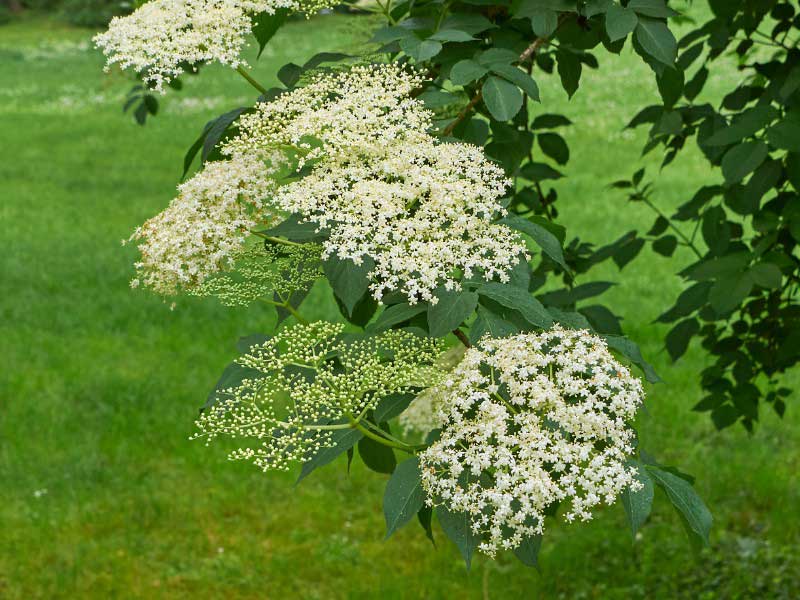
When to prune the elder tree ?
The best time to prune an elder depends on the objective pursued:
- Training or rejuvenation pruning: to be done at the end of winter or at the beginning of spring (February to March), before the resumption of vegetation.
- Light maintenance pruning: just after flowering, that is to say in summer (around July-August), for spring-flowering varieties.
These times allow the plant to heal quickly and to produce new vigorous shoots before the next growing season.
Avoid pruning in autumn: wounds would heal more slowly, exposing the bush to winter diseases.
Why prune the elder tree ?
Pruning an elder has many advantages:
- Stimulate abundant flowering: pruning encourages the formation of new branches that bear flowers.
- Encourage fruiting: numerous and accessible fruits for birds and biodiversity.
- Maintain a harmonious shape: prevent the bush from becoming too bulky or unbalanced.
- Remove dead or diseased branches: reduce the risk of disease spread.
- Rejuvenate the bush: by regularly renewing the branches, the vigour of the elder is maintained.
Common mistakes to avoid:
- Pruning an old subject too severely without gradual preparation.
- Cutting during a strong sap rise, risking weakening the bush.
- Neglecting to disinfect tools, increasing the risk of infection.
How to prune the elder tree ?
Suitable pruning techniques:
- Training pruning: aims to give a balanced structure to the young elder by removing competing branches and aerating the centre.
- Maintenance pruning: involves removing branches that have already flowered, dead, diseased, or weak branches.
- Rejuvenation pruning: removes old branches (over 3 years) at the base to encourage the growth of new shoots.
Necessary tools:
- Pruning shear : for young thin branches. To be disinfected before and after use.
- Branch cutter : for thicker branches.
- Pruning saw: for larger branches or in case of significant rejuvenation pruning.
- Gardening gloves: to protect your hands from possible irritations.
How to identify branches to cut:
- Dead branches: brittle, without living buds.
- Poorly oriented branches: rubbing against other branches or growing inward.
- Diseased branches: presence of cankers, rot, or suspicious discolourations.
- Old branches: identifiable by their darker wood and thick bark.
Practical tips:
- Always cut above a bud turned outward to encourage harmonious growth.
- Make clean and neat cuts to limit the risk of infections.
- Disinfect tools between each pruned plant.
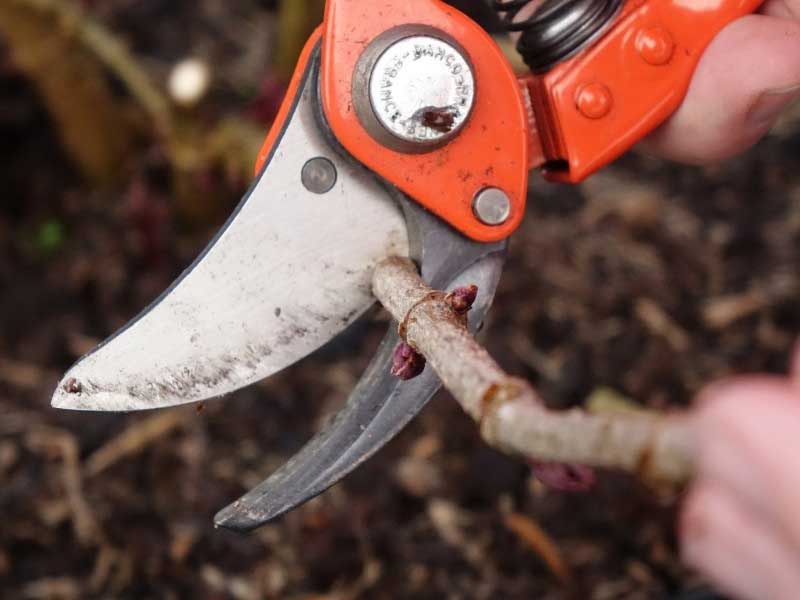
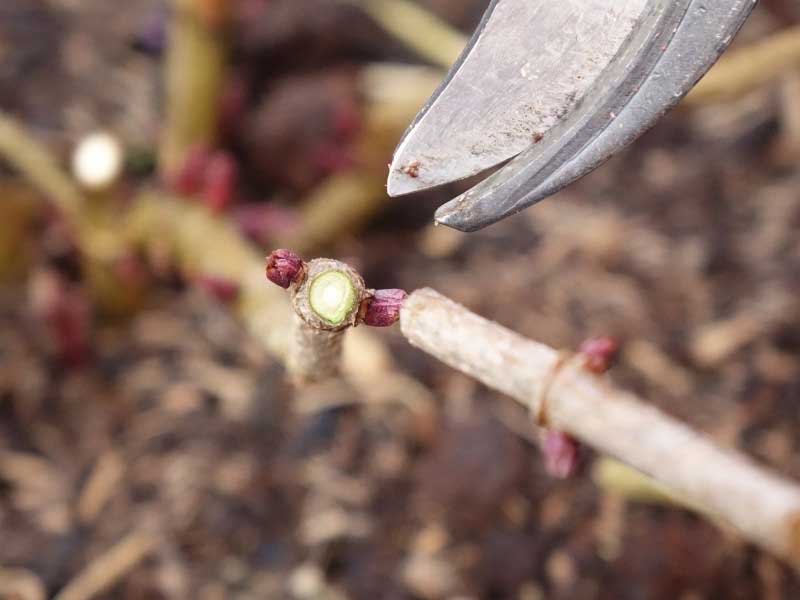
Practical steps for pruning the sambucus
- Choose a dry day to limit the spread of diseases.
- Prepare clean and well-sharpened tools.
- Observe the bush to identify dead, diseased, or poorly oriented branches.
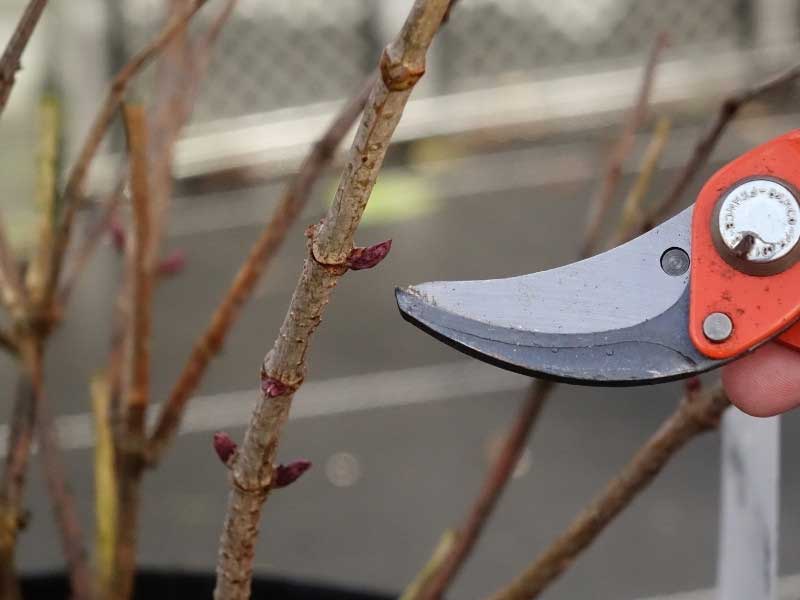
- Start by removing dead branches at their base.
- Remove old branches (over 3 years) by cutting them flush with the ground if necessary.
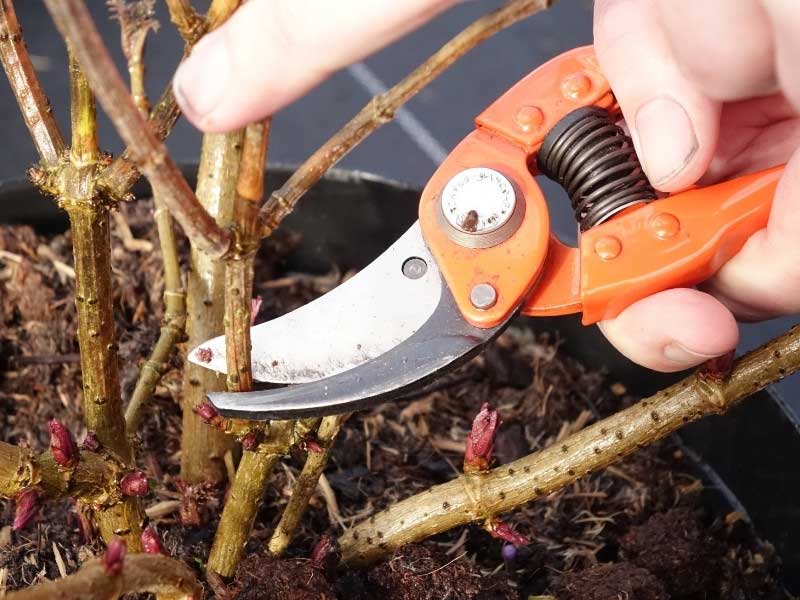
- Lightly prune young shoots after flowering to encourage new growth.
- Form the structure by favouring 3 to 5 main branches well distributed.
- Clean significant wounds with a healing paste if necessary (optional).
- Collect and dispose of all cuttings to prevent the spread of pests.
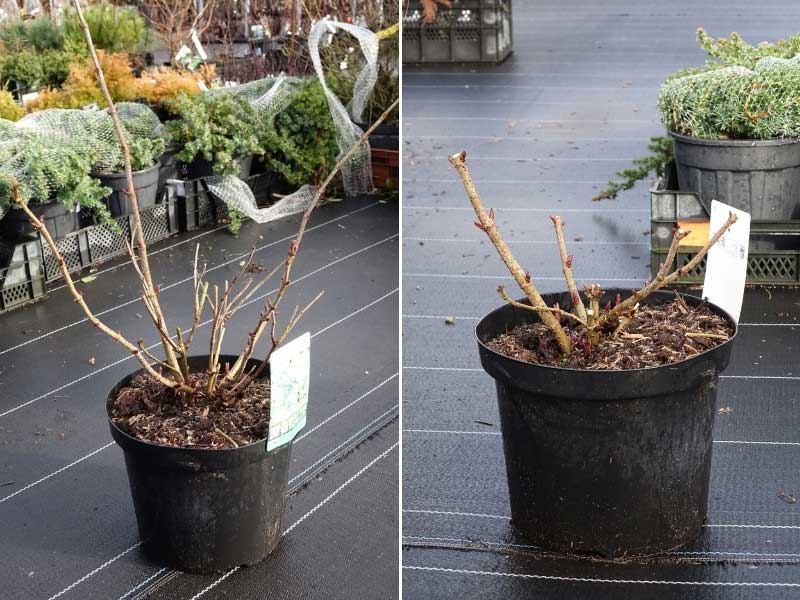
After pruning: care and maintenance of the sambucus
After pruning, careful attention is essential to ensure good recovery:
- Water moderately if the season is dry, to avoid water stress.
- Add mature compost or organic fertiliser at the base to stimulate regrowth.
- Mulch the soil to retain moisture and protect the roots.
- Monitor the appearance of new vigorous shoots, a sign of successful recovery.
- Protect against late frost for young elders recently pruned by covering the base with straw if necessary.
A well-pruned elder each year will develop a dense, healthy habit, generously producing both flowers and fruits.































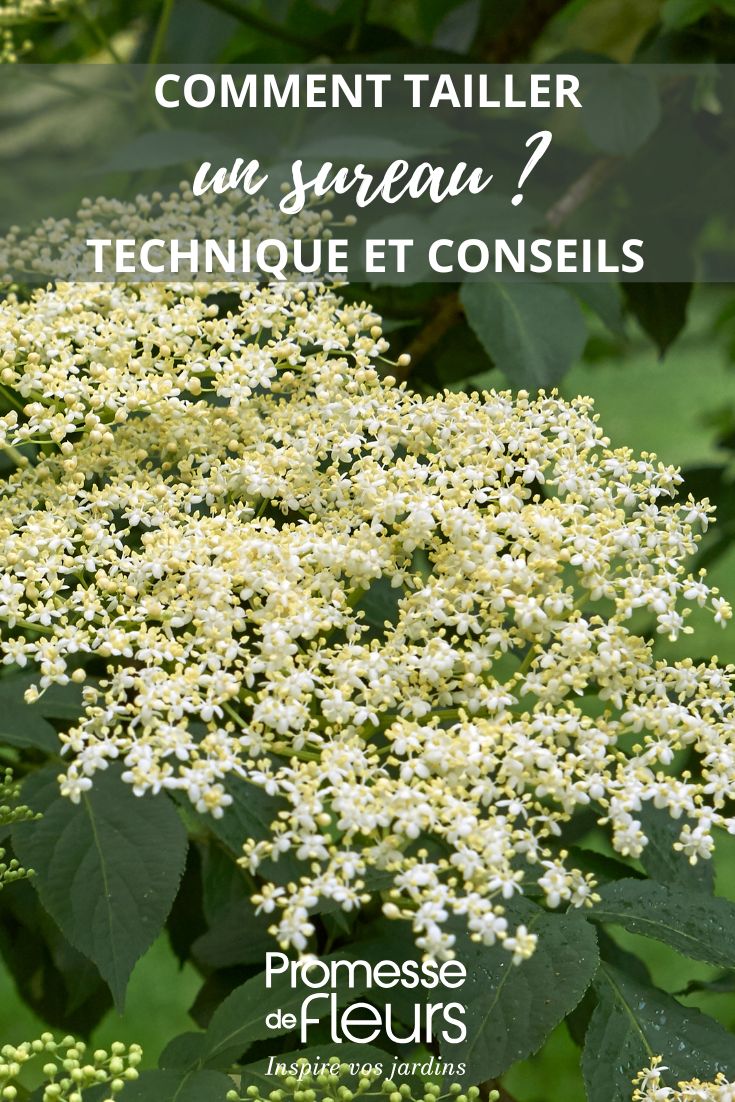
Comments